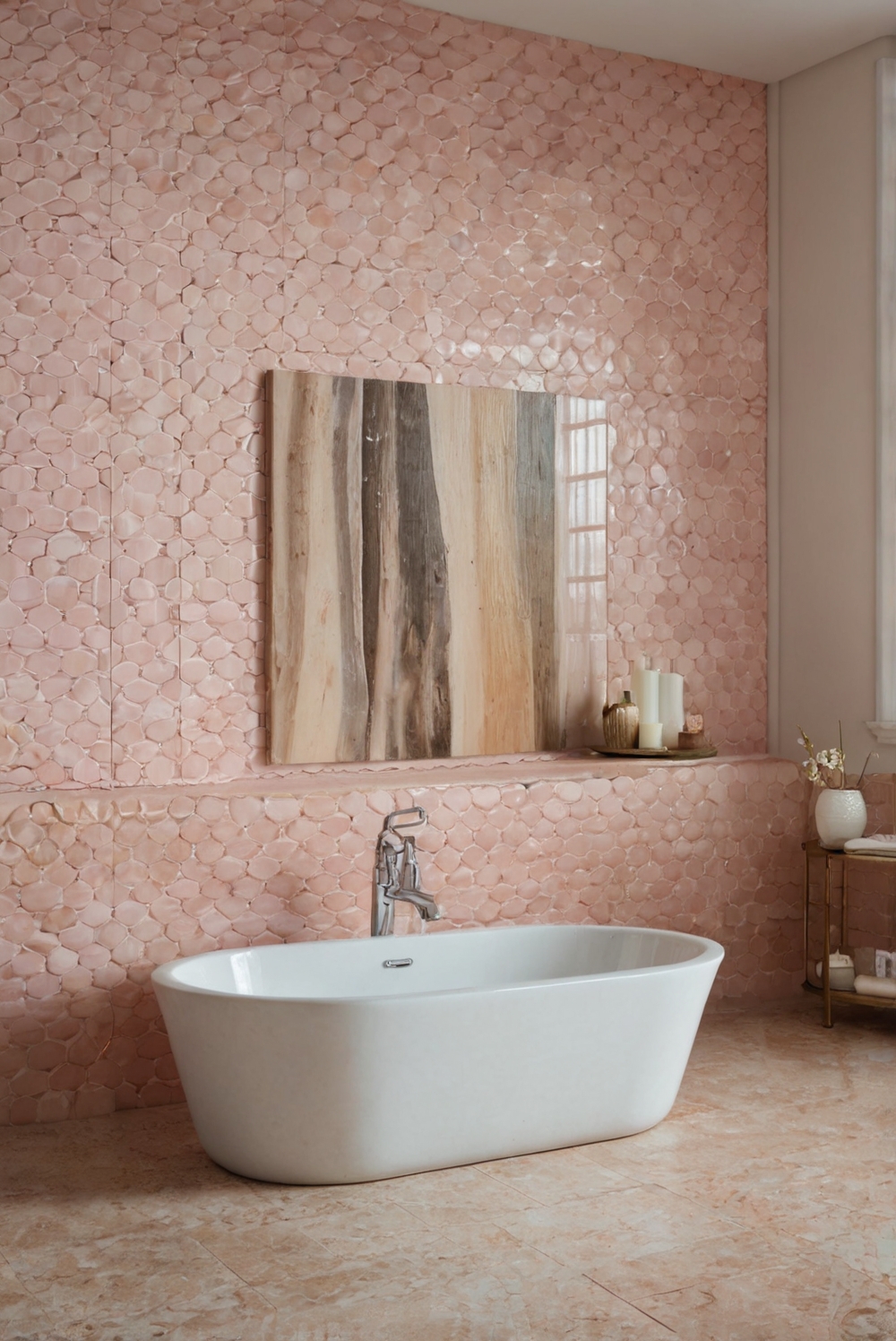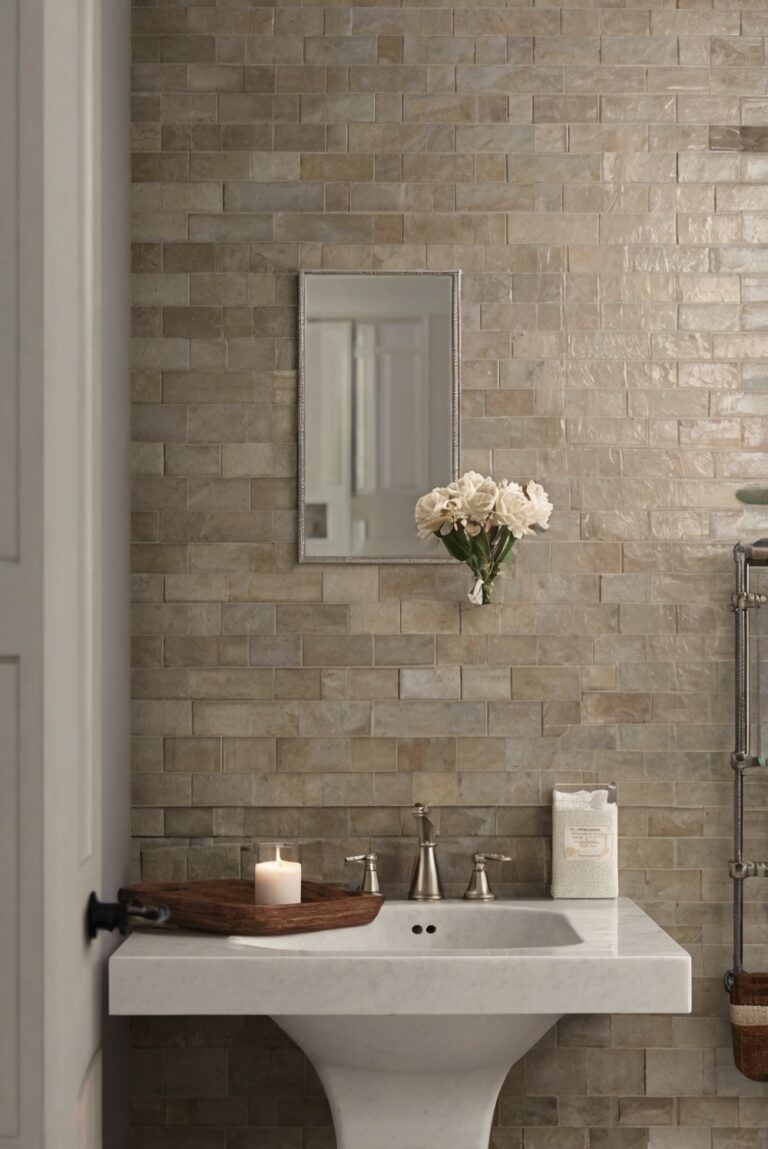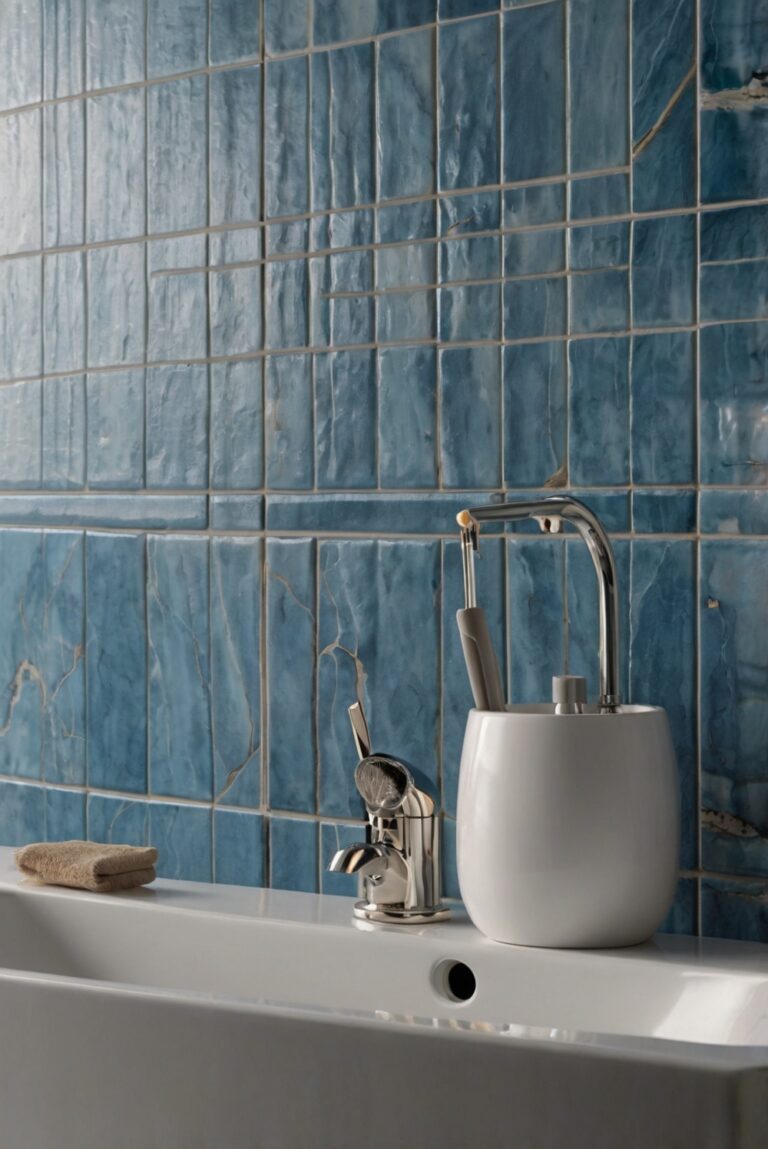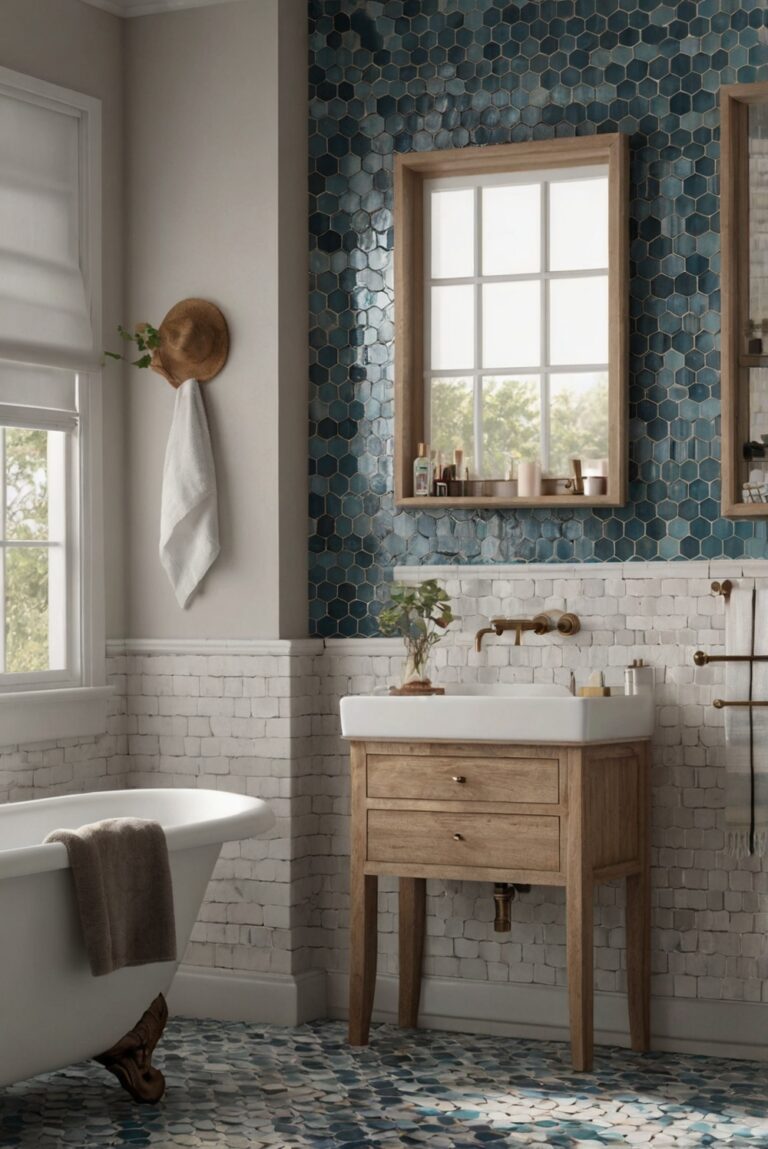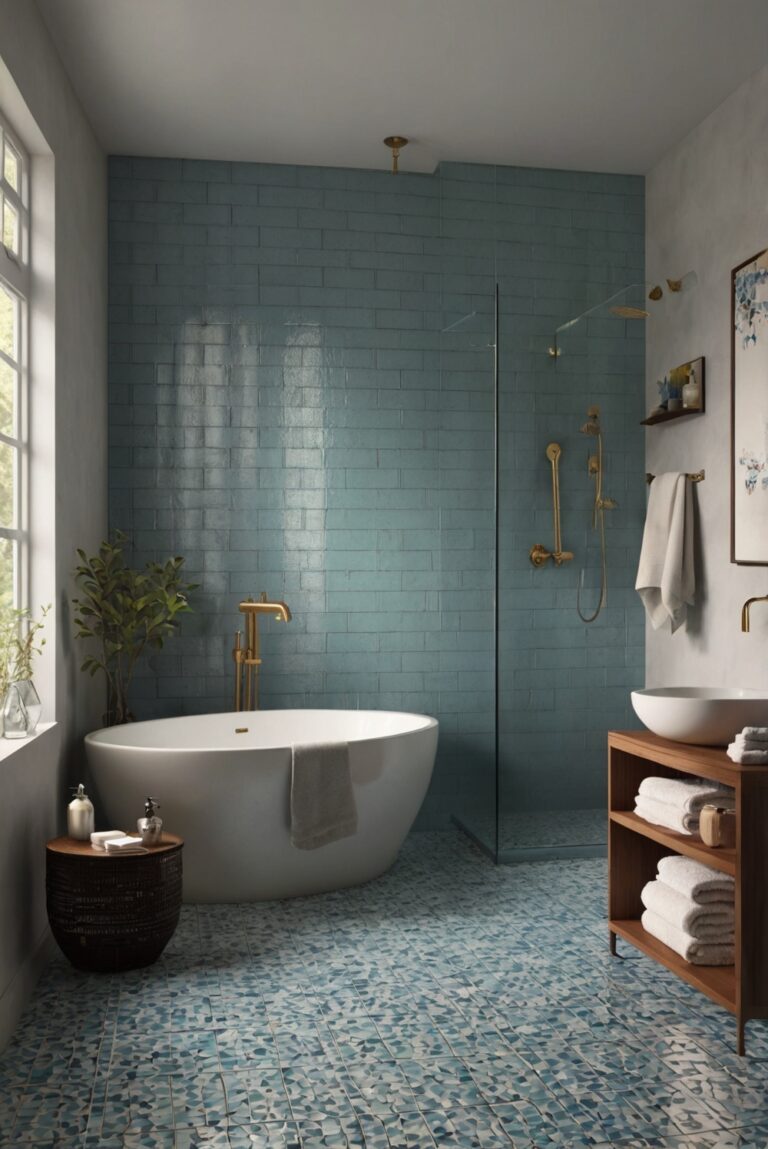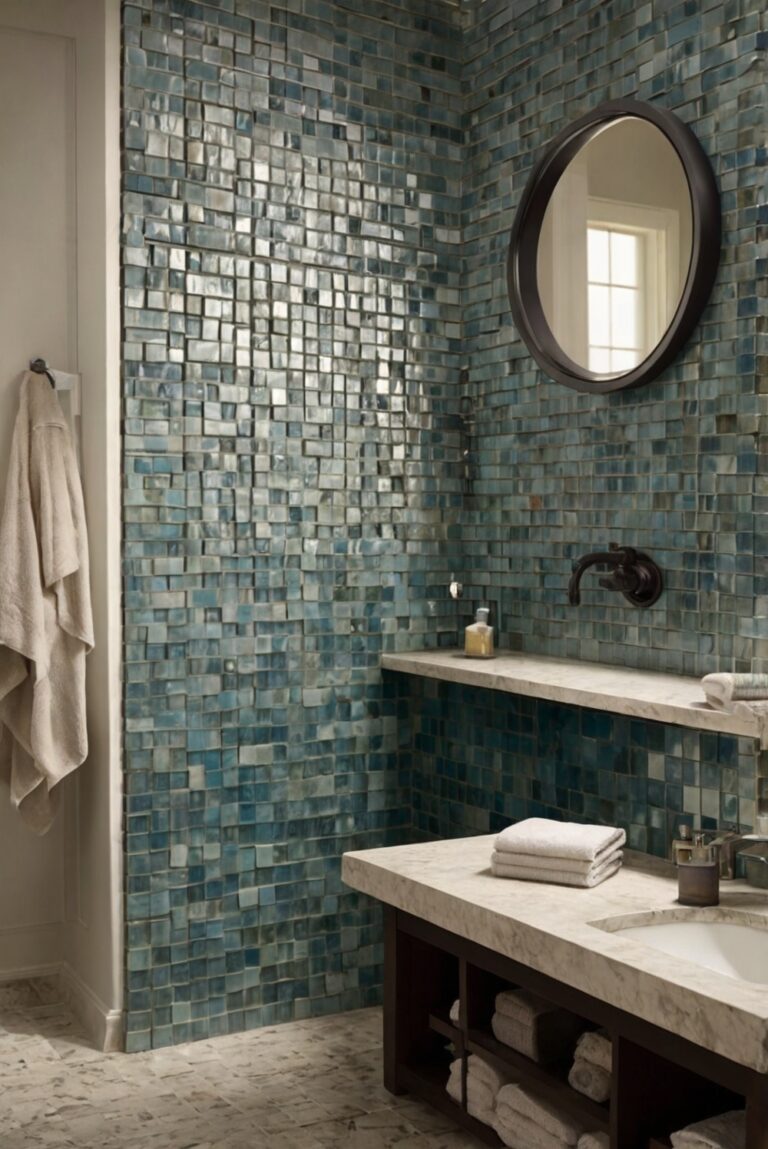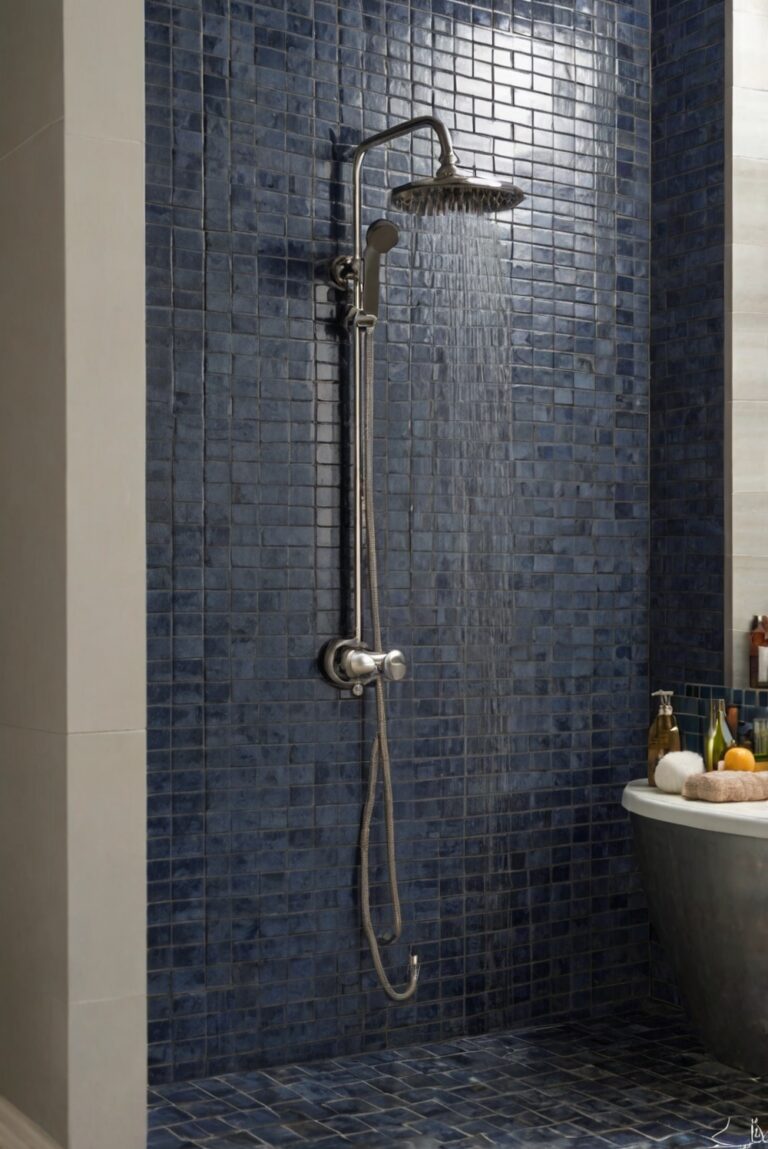Looking for the best tile options for your bathroom backsplash? Explore the top choices for a stylish and functional update in your daily interior designer routine.
What are the best tile options for a bathroom backsplash?
What are the best tile options for a bathroom backsplash?
For a bathroom backsplash, the best tile options include subway tiles, glass tiles, mosaic tiles, and ceramic tiles. Subway tiles offer a classic look and are easy to clean. Glass tiles add a touch of elegance and reflect light beautifully. Mosaic tiles allow for creativity and customization. Ceramic tiles are durable and come in various colors and patterns. Consider the size and layout of your bathroom to choose the right tile option. Always use waterproof grout and consider sealing the tiles to prevent mold and mildew in the long run.
What are the best tile options for a bathroom backsplash?
When choosing the best tile options for a bathroom backsplash, it is important to consider various factors such as durability, water resistance, and aesthetic appeal. Here are some of the top tile options that you can consider:
Ceramic Tiles:
Ceramic tiles are a popular choice for bathroom backsplashes due to their durability and water resistance. They are available in a wide range of colors, patterns, and sizes, making them versatile for any bathroom design.
Porcelain Tiles:
Porcelain tiles are another excellent option for bathroom backsplashes. They are highly durable and resistant to moisture, making them ideal for wet areas like bathrooms. Porcelain tiles come in various finishes, including matte, glossy, and textured, allowing you to customize your backsplash.
Glass Tiles:
Glass tiles can add a touch of elegance and modernity to your bathroom backsplash. They are available in a variety of colors and finishes, including frosted and iridescent options. Glass tiles are easy to clean and maintain, making them a practical choice for a bathroom.
Natural Stone Tiles:
Natural stone tiles like marble, granite, and travertine can create a luxurious look in your bathroom. While they require more maintenance compared to ceramic or porcelain tiles, natural stone tiles offer unmatched beauty and elegance. Consider sealing the tiles to protect them from water damage.
Mosaic Tiles:
Mosaic tiles are a creative option for a bathroom backsplash, allowing you to create intricate designs and patterns. They come in various materials such as glass, ceramic, and stone, giving you flexibility in choosing the right style for your bathroom. Mosaic tiles can add personality and visual interest to your space.
In conclusion, when selecting the best tile options for a bathroom backsplash, consider factors like durability, water resistance, and design aesthetics. Ceramic, porcelain, glass, natural stone, and mosaic tiles are popular choices that offer a range of styles and finishes to suit your preferences. By exploring these options and selecting the right tile for your bathroom backsplash, you can enhance the beauty and functionality of your space.
1. What are the best tile options for a bathroom backsplash?
When choosing tiles for a bathroom backsplash, it’s important to consider factors such as water resistance, durability, and style. Some popular tile options for bathroom backsplashes include ceramic, porcelain, glass, and natural stone tiles. Ceramic and porcelain tiles are great choices for their water resistance and easy maintenance. Glass tiles add a modern and sleek look to the bathroom, while natural stone tiles like marble or travertine provide a luxurious feel. It’s essential to choose tiles that complement the overall design of the bathroom and are easy to clean.
2. How to choose the right tile size for a bathroom backsplash?
The size of the tiles for a bathroom backsplash can impact the overall look and feel of the space. Smaller tiles, like mosaic or subway tiles, are often used for backsplashes as they allow for more intricate designs and patterns. Larger tiles can create a more seamless and contemporary look. It’s essential to consider the size of the bathroom and the existing decor when choosing the tile size. Additionally, larger tiles may require fewer grout lines, making them easier to clean and maintain.
3. What color tiles work best for a bathroom backsplash?
When selecting the color of tiles for a bathroom backsplash, it’s crucial to consider the overall color scheme of the bathroom. Neutral colors like white, beige, or gray are timeless choices that can complement a variety of design styles. Lighter colors can make a small bathroom feel more spacious, while darker colors add depth and drama to the space. It’s also essential to consider the lighting in the bathroom, as natural light can affect how the tile color appears. Ultimately, the best color for a bathroom backsplash is one that enhances the overall aesthetic of the room.
4. Are patterned tiles a good option for a bathroom backsplash?
Patterned tiles can add visual interest and personality to a bathroom backsplash. Whether you prefer geometric designs, floral motifs, or intricate patterns, there are endless options to choose from. Patterned tiles can make a bold statement in the bathroom and serve as a focal point for the space. It’s essential to consider the size of the bathroom and the existing decor when selecting patterned tiles. For smaller bathrooms, subtle patterns or accent tiles may be a better choice to avoid overwhelming the space. Patterned tiles can be a great way to showcase your personal style and create a unique look in the bathroom.
5. How to install tiles for a bathroom backsplash?
Installing tiles for a bathroom backsplash can be a DIY project or done by a professional. The first step is to prepare the surface by cleaning and priming the area. Measure and mark the layout of the tiles, ensuring they are level and straight. Apply thin-set adhesive to the wall using a notched trowel and press the tiles into place. Use spacers to ensure even grout lines between the tiles. Once the tiles are set, allow the adhesive to dry before grouting the tiles. Seal the grout to protect it from moisture and stains. Installing tiles for a bathroom backsplash requires careful planning and attention to detail to ensure a beautiful and lasting result.

